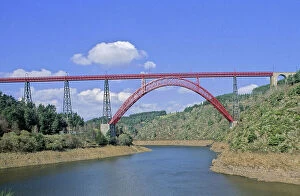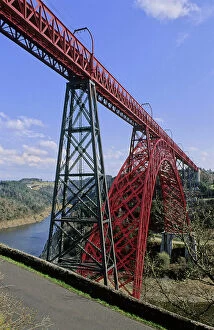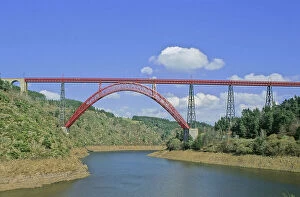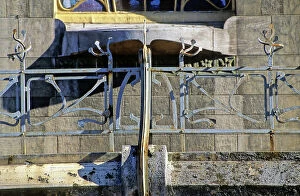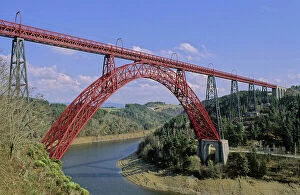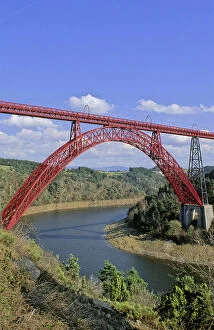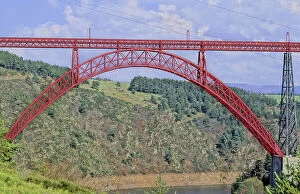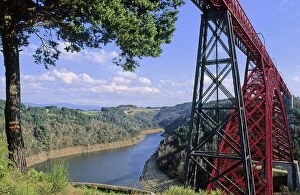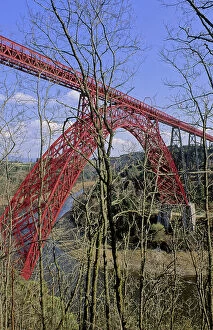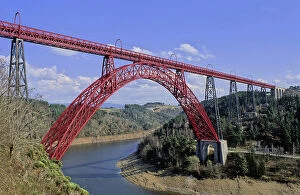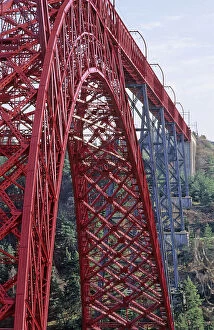Iron Forging Collection
Iron forging is a time-honored craft that dates back centuries, where skilled blacksmiths use heat and force to shape iron into useful and beautiful objects
For sale as Licensed Images
Choose your image, Select your licence and Download the media
Iron forging is a time-honored craft that dates back centuries, where skilled blacksmiths use heat and force to shape iron into useful and beautiful objects. The process involves heating the metal until it becomes malleable, then hammering and shaping it on an anvil to create intricate designs or sturdy tools. From swords and armor in ancient times to modern-day sculptures and architectural elements, it has played a vital role in shaping human history. The rhythmic clang of hammers against hot metal is both mesmerizing and awe-inspiring, showcasing the dedication and skill required to master this ancient art form. Whether creating functional items like horseshoes or decorative pieces like gates and railings, iron forging continues to be a respected tradition that honors the strength and versatility of this durable material. So next time you see a beautifully crafted piece of ironwork, take a moment to appreciate the craftsmanship and hard work that went into its creation through the timeless practice of iron forging.

